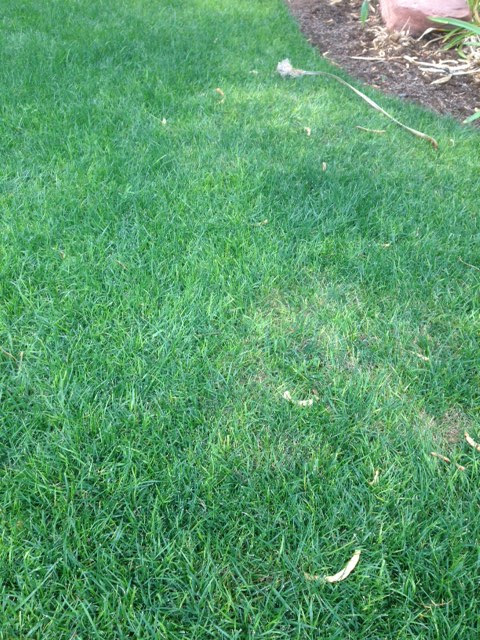Q. I need guidance on when and how to prune my fruit
trees that are 3 to 5 years old. All of them have been producing fruit in the
last couple of years. This includes an orange and a Meyer lemon along with a
Blenheim apricot and a dwarf peach tree. All I have done in the past is basically
‘shape’ the trees; keep the height manageable and remove dead branches.
A. Look for my Classes
I have fruit tree pruning classes posted for next
January on
Eventbrite. Consider signing up for one of these offered on a
Saturday morning for some hands-on training with real fruit trees. These
classes can answer specific questions you might have.
Lite Pruning Anytime
Light
pruning with a hand shears, removing wood that is less than half inch in
diameter, can be done anytime of the year as long as it’s not overdone and
opens the canopy too much. Pruning out too much allows for sunburn and borer
problems to get hold in the trees. Make sure your hand shears are sharp and
sanitized before you start cutting away.
Major
pruning is done from December to January, the winter months, in all deciduous fruit trees, waiting
until leaf drop. With citrus, however, very little pruning is needed after you
establish its structure early in its life. But when pruning is done, it’s
performed soon after the fruit is harvested.
Control
height
This is done to make it easier to pick and spray the trees when there
are pest problems. The maximum height should similar to distances between
trees. Having trees too close together, which creates crowding when they get
older, forces fruit production towards the top of the trees.
Start on
your knees
I find it easier to prune fruit trees working from the bottom and
progressing towards the top. Remove entire limbs from the trunk to about knee
height. The lowest limbs should support fruit easily harvested but the lowest
fruit should not touch the ground when it’s ready to harvest.
Remove
most of the wood by pruning from the trunk and major limbs. Most pruning cuts remove
entire branches. These are called “thinning cuts”. It orients major limbs so
they emerge from the tree in different directions like spokes on a wheel. Most
growth growing straight up or straight down should be removed. It’s not
productive.
Fixing Crossed Branches, Broken Branches
Once the
overall structure of citrus trees is established, very little pruning is done.
Focus on removing a branch that crosses another, sucker growth from the base of
the tree and limbs that “shoot for the sky” and eliminate a branch interfering
with another.
Once the
form of an apricot tree is established, only about 10% of its new growth is
removed each year. I have had apricot trees that required no pruning. Much of
that depends on the variety and its rootstock. Control its height if it’s too
tall and get rid of any strong growth going up or down.
Genetic Dwarf Peach
True
genetic dwarf peach is pruned differently than a “normal” peach. Usually
controlling height is not a problem. If the tree is overgrown, it’s canopy is
thinned out so that speckled sunlight can penetrate to the interior.
Fruit
production comes from flowers growing on shorter shoots at the ends of
branches. This is where most of the light pruning takes place. Most short
shoots that contain the flowers are removed leaving behind only one or two of
these short shoots.










